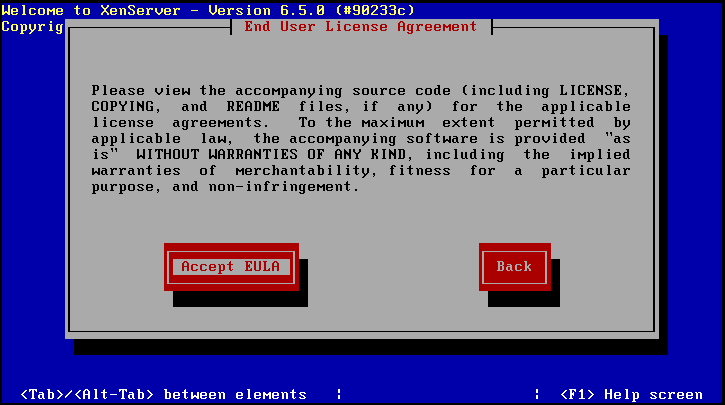

Not all applications are suitable for cloud migration.
#Xenserver install monit update#
Furthermore, cloud providers regularly update their platforms to adhere to the latest regulatory changes, ensuring that your applications remain compliant. Cloud providers often have dedicated teams to handle compliance with various industry regulations, relieving businesses of this burden. Many cloud providers offer robust security features, including encryption, identity and access management, and regular security audits.Ĭompliance is another area where the cloud shines. Security and compliance are top concerns for any business, and the cloud can help address these issues. This can lead to increased productivity and efficiency, as well as improved employee satisfaction. This remote accessibility also facilitates collaboration, as team members can easily share and work on documents and projects simultaneously, regardless of their location. With applications and data stored in the cloud, employees can access the information they need from anywhere with an internet connection. The cloud’s ability to offer remote accessibility is a significant advantage in today’s increasingly mobile and geographically dispersed workforce. Instead of having to rebuild an entire system, businesses can quickly restore their applications and data from a cloud backup and resume operations. With data stored in the cloud, businesses can ensure their data is secure and accessible even in the event of a hardware failure, natural disaster, or other disruptive events.Ĭloud-based backup systems also allow for quicker disaster recovery. Business Continuity and Disaster Recoveryīusiness continuity and disaster recovery are critical aspects of any business strategy, and cloud computing offers robust solutions for both.You know exactly what your costs will be based on your usage, eliminating the financial uncertainties associated with maintaining your own infrastructure.

Moreover, the operational expenditure model of cloud computing provides businesses with more predictable and manageable costs. Maintenance costs also decrease, as the cloud service provider takes responsibility for upgrades and troubleshooting. Ĭloud services operate on a pay-as-you-go basis, eliminating the need for substantial upfront investment in hardware and software. This elasticity can lead to significant cost savings, as you don’t have to maintain excess capacity just to handle peak loads. But with the cloud, you can scale up or down instantly based on demand, paying only for the capacity you use.Įlasticity, an extension of scalability, refers to the ability of cloud services to rapidly expand or reduce resources to match the dynamic workload changes.

With traditional on-premises servers, scaling up to accommodate increased traffic or workloads involves significant time and financial investment in additional infrastructure. Reasons to Migrate Applications to the Cloud Refactoring or re-architecting involves reimagining how the application is structured and developed, typically using cloud-native features. Re-platforming, on the other hand, involves making a few cloud optimizations to achieve tangible benefits, while not changing the core architecture of the application. For example, lift-and-shift migration involves moving applications without modifications. There are several types of application migration. The goal of application migration is to create a more efficient, scalable, and agile operating environment that better supports business processes and goals. It could involve migrating an application from a physical server in a brick-and-mortar data center to a virtual machine in a cloud provider’s environment or moving an application from an on-premises server to a cloud-based platform. Application migration, a term widely used in the world of information technology (IT), denotes the process of moving an application program from one environment to another.


 0 kommentar(er)
0 kommentar(er)
